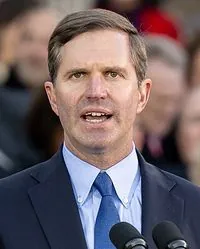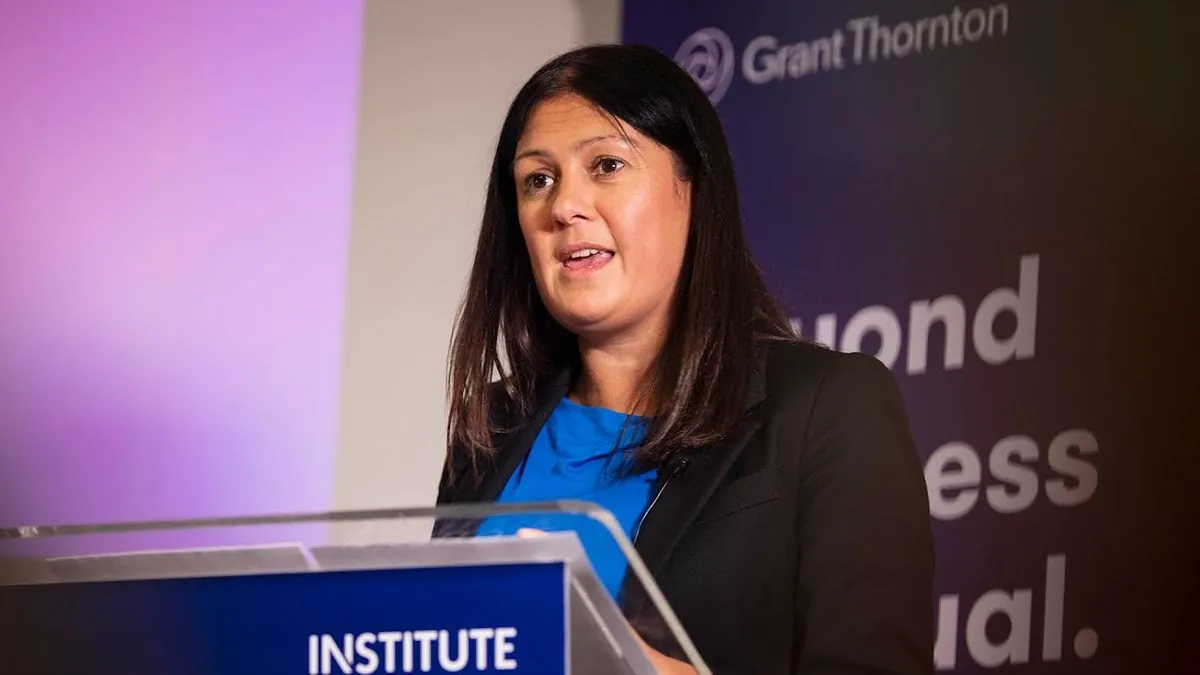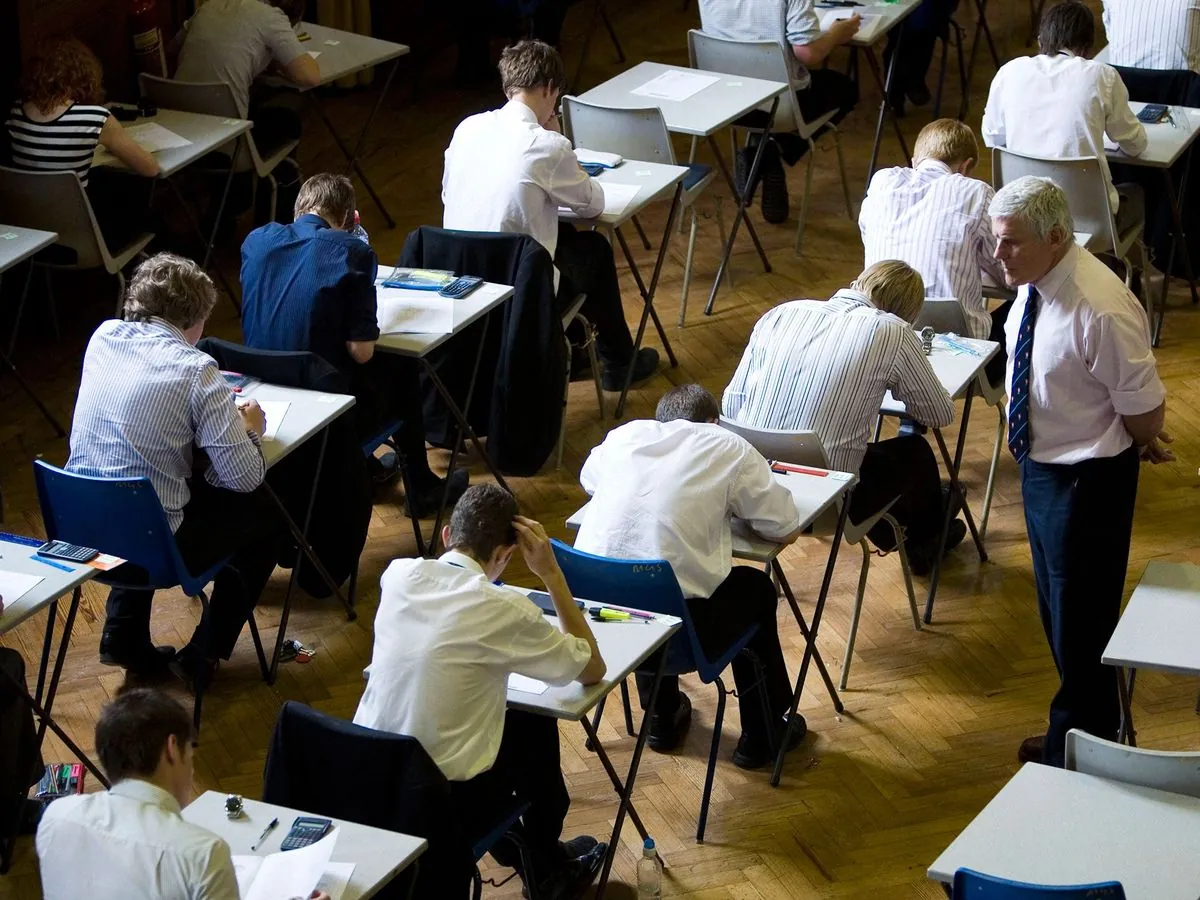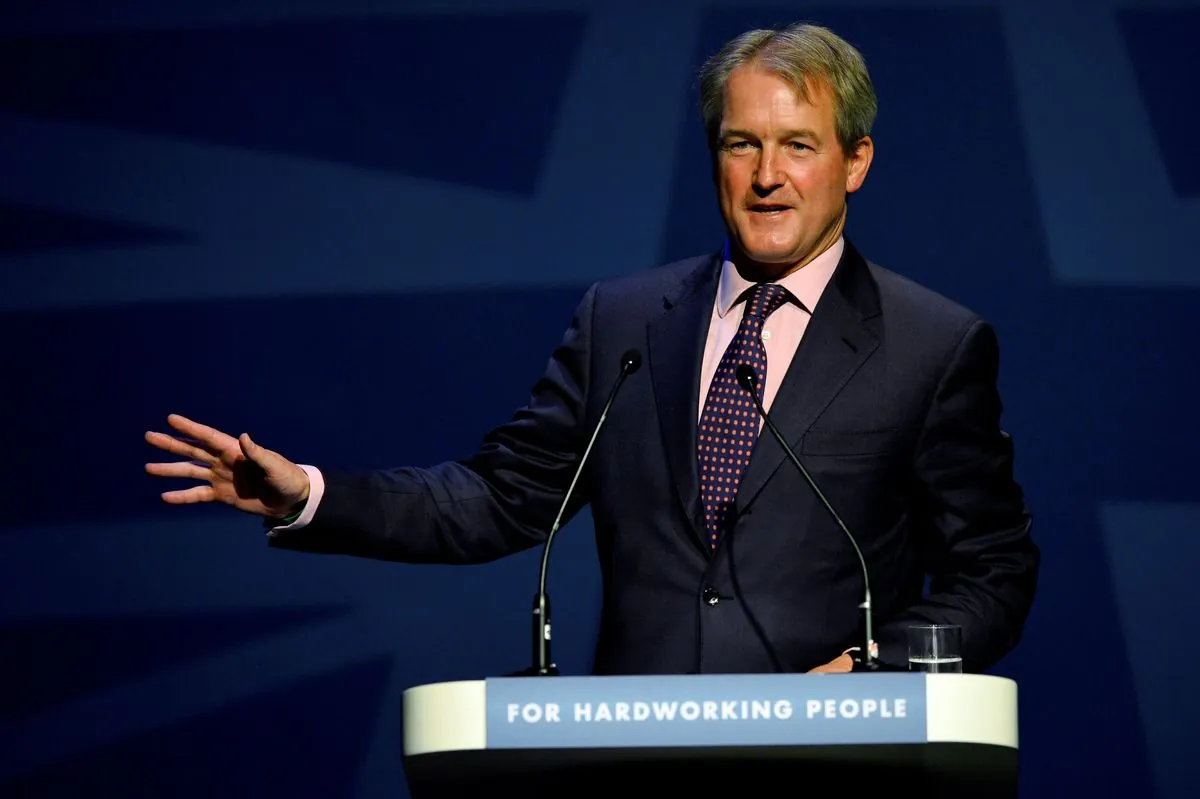Bristol's Housing Dilemma: Green Ambitions Clash with Development Needs
Bristol faces a housing crisis as Green Party leadership and environmental concerns potentially hinder development efforts. The city struggles to balance preservation with the urgent need for new homes.
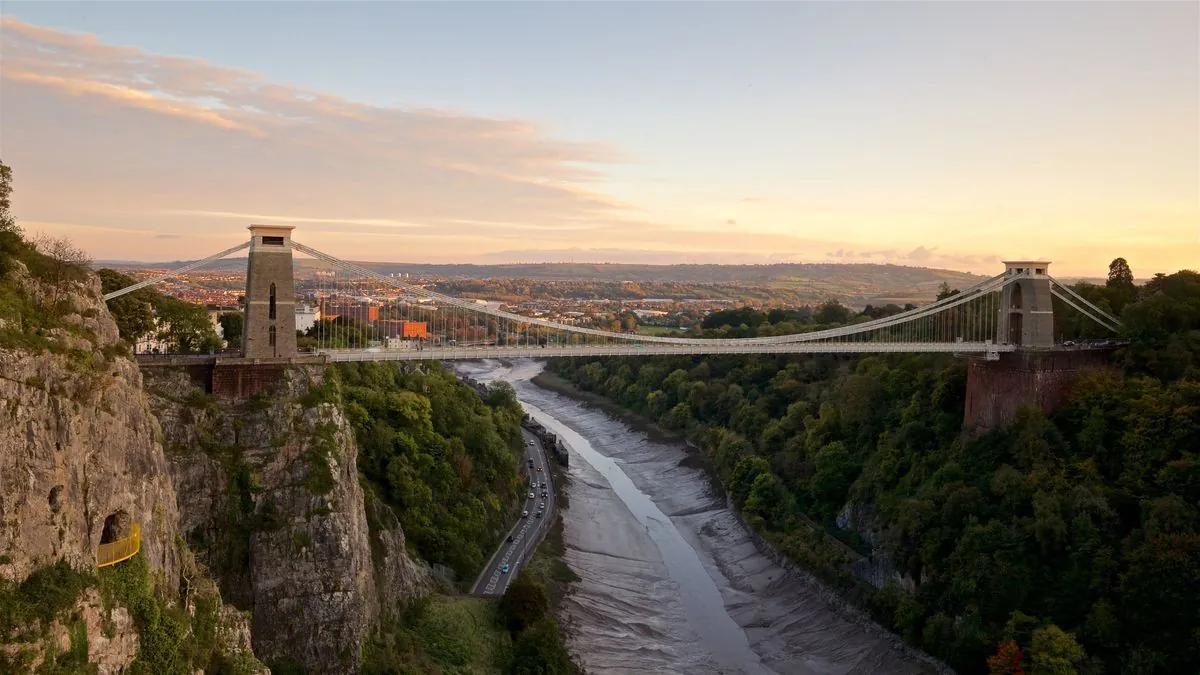
Bristol, the largest city in South West England, is grappling with a significant housing shortage, exacerbated by conflicting priorities between development and environmental preservation. The city, known for its rich maritime history and vibrant culture, is now at a crossroads as it attempts to address its housing crisis while maintaining its green credentials.
In 2022, plans were approved to construct nearly 200 homes on the site of the former Bristol Zoo, despite local opposition. This project exemplifies the ongoing tension between the need for housing and the desire to preserve the city's character. Paul Goggin, a councillor, highlighted the potential benefits for families on the housing waiting list. However, the development's future remains uncertain due to legal challenges and potential reconsideration by the new Green Party-led council.
Bristol's housing crisis is severe, with approximately 20,000 people on the social housing waiting list and over 1,300 households in temporary accommodation. The city's population, currently around 483,000, is projected to reach 550,000 by 2050, further intensifying the need for new homes.
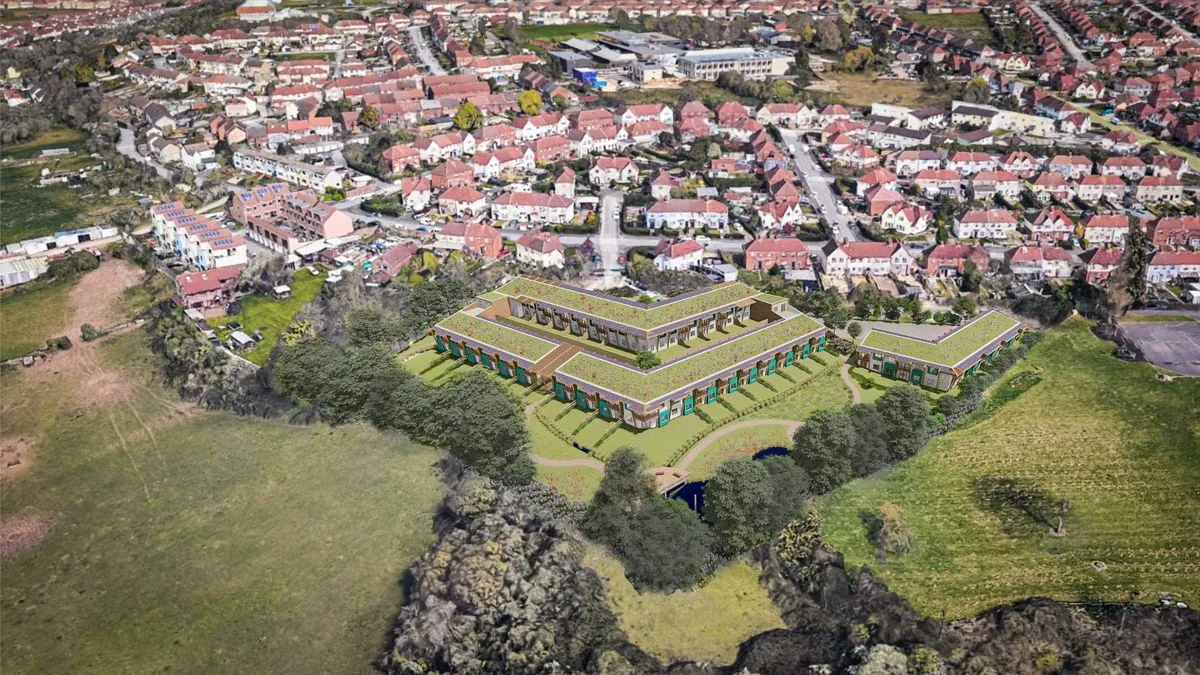
The rise of the Green Party in Bristol has raised concerns about future development efforts. Marvin Rees, the former Labour mayor who stepped down in April 2023, expressed frustration with Green councillors' approach to housing projects. He claimed they opposed or abstained from votes on initiatives that could have provided at least 2,250 homes.
Bristol's unique characteristics present challenges for development. The city has the second-lowest population density of major cities in England and is filled with low-rise buildings. Researchers suggest that developing land around transit stations could create space for over 55,000 new homes, but this would involve building on green belt land, a contentious issue.
"We need to balance the need for renewable energy infrastructure with protecting valuable landscapes and communities."
The new Green-led council, under the leadership of Tony Dyer, has vowed to bring empty buildings back into use and ensure the completion of already-approved homes. However, the council is pushing back against the government's proposed target of 3,057 new homes per year, instead aiming for up to 1,925 dwellings annually.
Rob Bryher, a Green councillor now chairing a development committee, emphasizes the need to balance affordable housing with environmental protections. However, some local experts, like planning partner Mike Orr, question the feasibility of the Greens' increased affordable housing targets.
Bristol's situation reflects broader challenges in urban development. As the first UK city to be named European Green Capital in 2015 and one of the first to declare a climate emergency in 2018, Bristol must now find a way to reconcile its environmental ambitions with the pressing need for housing.
The outcome of this struggle will likely have significant implications for Bristol's future, potentially setting a precedent for other cities facing similar dilemmas. As the birthplace of street artist Banksy and home to iconic structures like the Clifton Suspension Bridge, Bristol's unique character is at stake in this debate over development and preservation.













